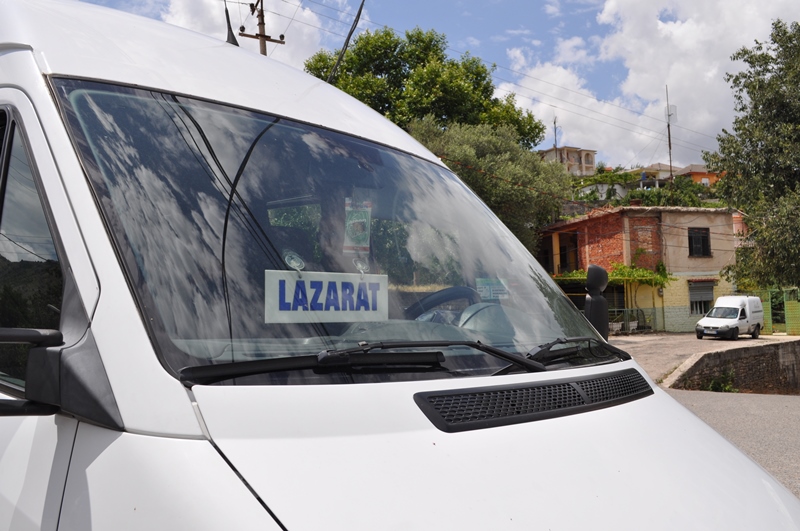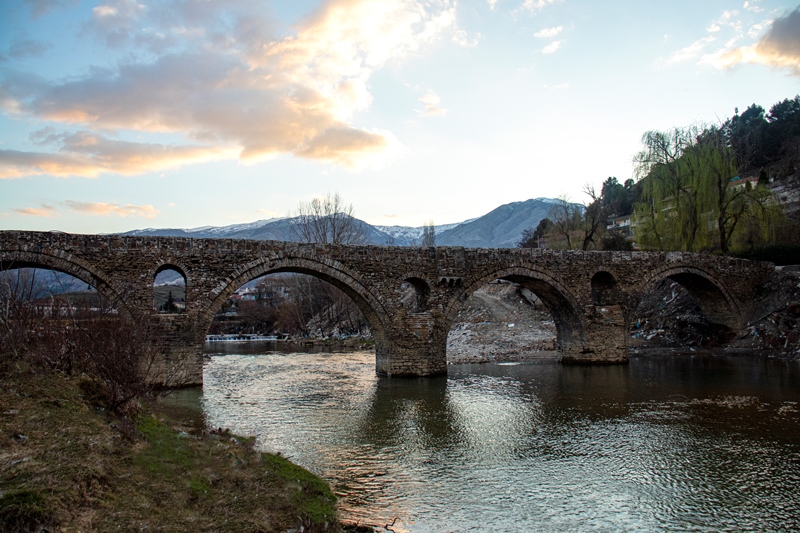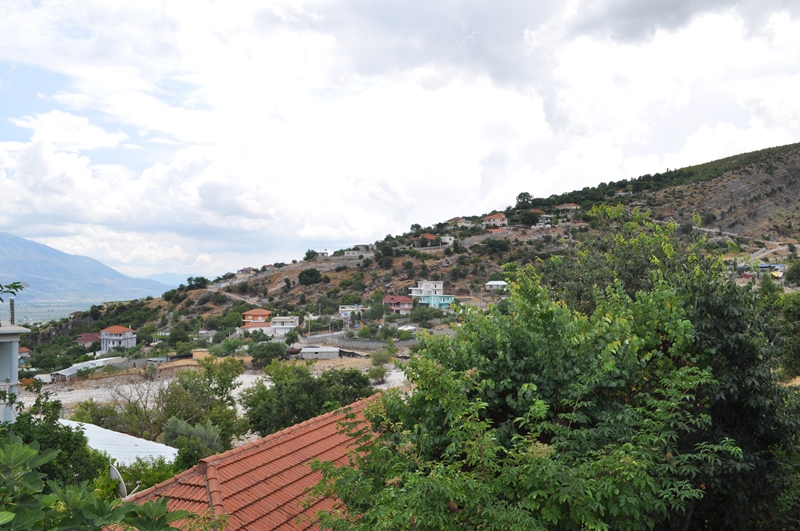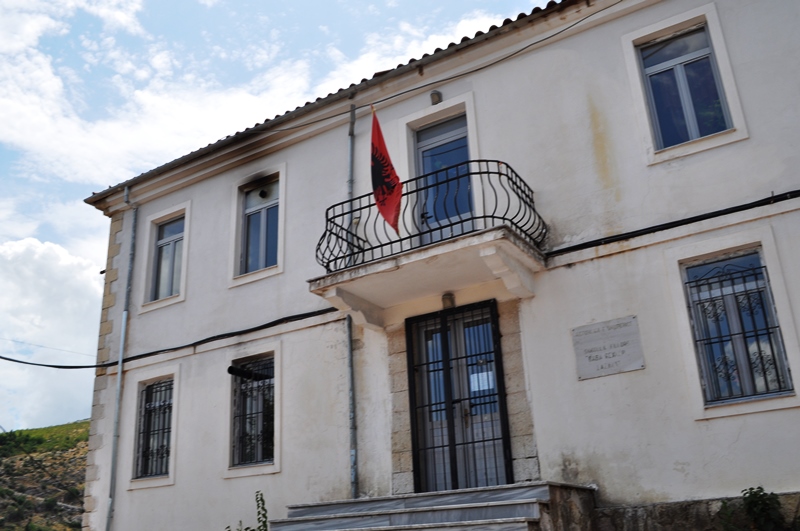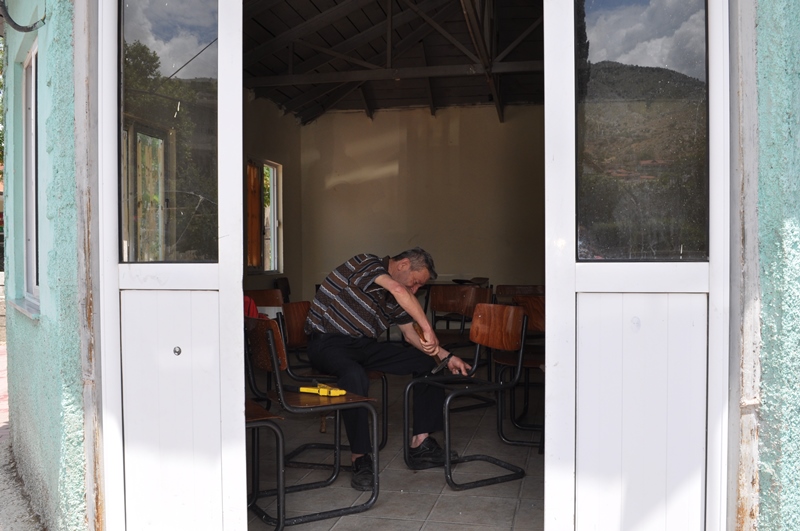Lazarat, the biggest village of Albania
Lazarat GjirokasterLazarat village of the administrative unit “Lazarat”, lies at the foot of Mali i Gjerë on a hilly plateau about 4 km away from the city of Gjirokastra, starting from […]
Lazarat village of the administrative unit “Lazarat”, lies at the foot of Mali i Gjerë on a hilly plateau about 4 km away from the city of Gjirokastra, starting from the quotas 220- 500 m above sea level. It is located on the side of the national road Gjirokastra-Kakavija.
It is bordered on the north and northwest by the Gjokana stream, the border of Lazarat with the city of Gjirokastra, on the south by the Greek minority with Derviçan, on the east by the village of Kordhoca, on the west by the Broad Mountain and the highway to Greece. In its territory there are several streams and many caves. Two are the most important cultural monuments, the ruins of the St. Kollaj Bridge and the Kordhoca Bridge. There are also some cult objects in the village, with historical and spiritual values.
The history of Lazarus is ancient, it dates back to the Illyrian-Roman period. It is the place with 12 hours of sunshine a day in the 12 months of the year. As steadfast natives, the Lazarats have created the largest village in the south and perhaps the largest in Albania. There are currently 750 houses with 4000 inhabitants. They have been mentioned as the most preferred for livestock products and are known as residents with religious tolerance who want to live in correct reciprocal relationships. Historically their virtues have served national values and attitudes.


